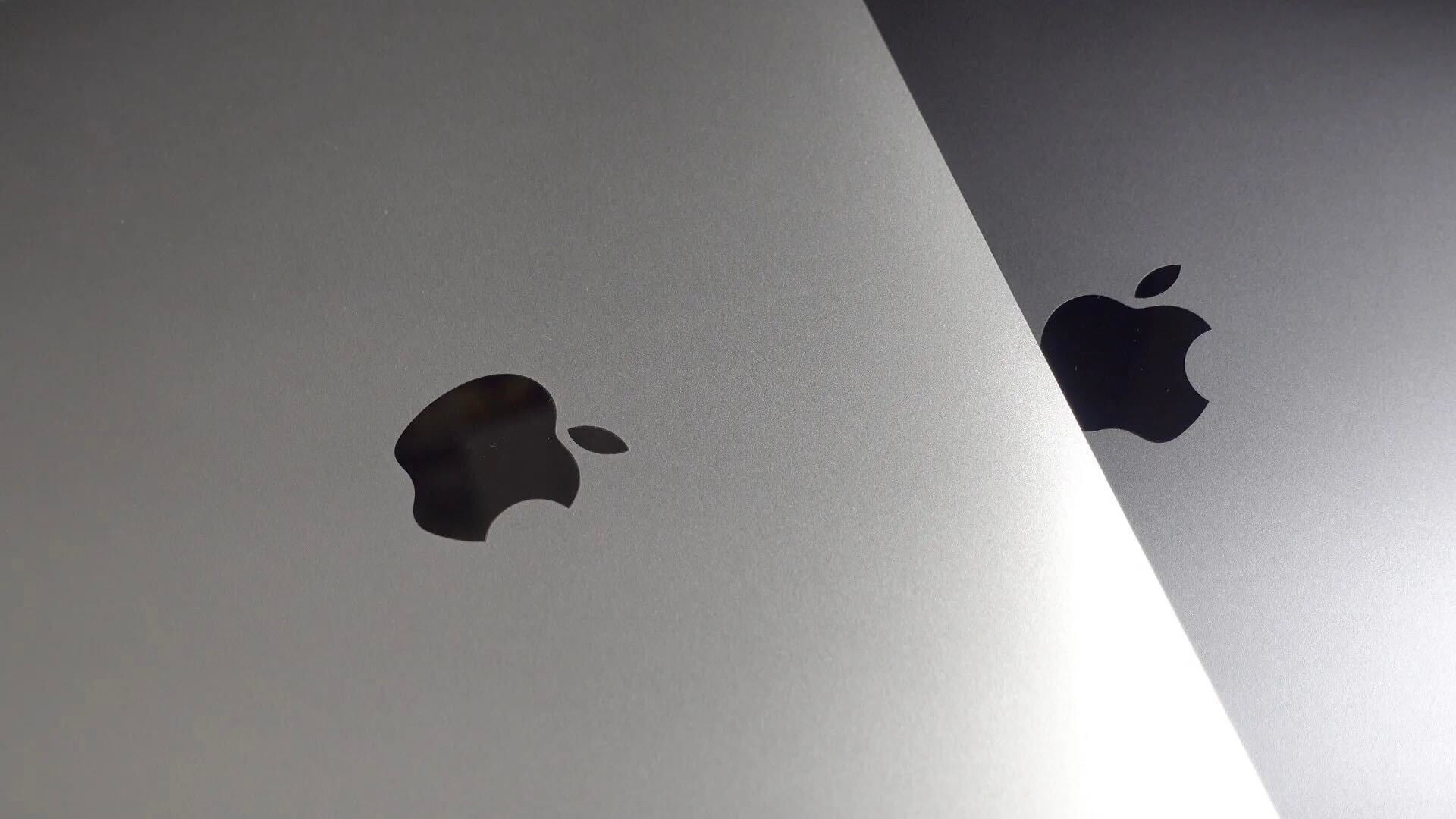

Aurora HDR, the Mac App Store Editors’ Choice-winning high-dynamic range (HDR) photography tool, is receiving significant updates ahead of the holidays. Released last month by Macphun and leading HDR photographer Trey Ratcliff, Aurora HDR automatically and intelligently merges multiple exposures of an image together, radically expanding details in light, shadowed, and colorful portions of the photo. It comes in basic (regularly $49.99) and Pro ($99) versions, the latter with a free trial.
Working directly with Apple, Macphun is adding OS X Photos plug-in support to version 1.1.1 of the app, enabling multiple images to be grabbed directly from the Photos library. Also added since the initial 1.0 release are new “realistic” HDR presets, a “super smooth” control that provides “extreme noise reduction,” and a faster, superior tone-mapping algorithm. Users of the Pro app can access many of the new features in version 1.1.0, out now, while the Mac App Store version will receive the update over the next week or so.
Aurora HDR’s Mac App Store version is currently discounted from $49.99 to $39.99, while the Pro version is offered directly through Macphun for $99. The Pro version currently includes a free bonus package worth $135, including the impressive noise reduction app Noiseless CK (reviewed here). Additionally, Macphun’s superb $150 six-app photo editing bundle, Creative Kit 2016 (reviewed here), is currently available at a discounted price of $99.99, including a collection of exclusive holiday gifts.
FTC: We use income earning auto affiliate links. More.




This is great. Can’t wait to see more plug ins for the photo app, to finally cover the loss of aperture.
Thank you Jeremy and the 9to5 Team.
A note to readers of this post: if you have any questions, we have a 24/7 support team ready with the answers!
What would be the best way or app to create HDR brackets on the iPhone so we can then edit them optimally in Aurora?
Hi jeroenfransen, to create an HDR shot the camera has to take three separate photos at different exposures. You need to hold the camera really steady while it takes the photos to avoid any blurring or ghosting effects. Anyway, Aurora allows you to perform major enhancements, even on a single image. Moreover, you may use one-click presets to get instant HDR looks, whether you’re looking for a realistic result or an extremely artistic HDR style:)